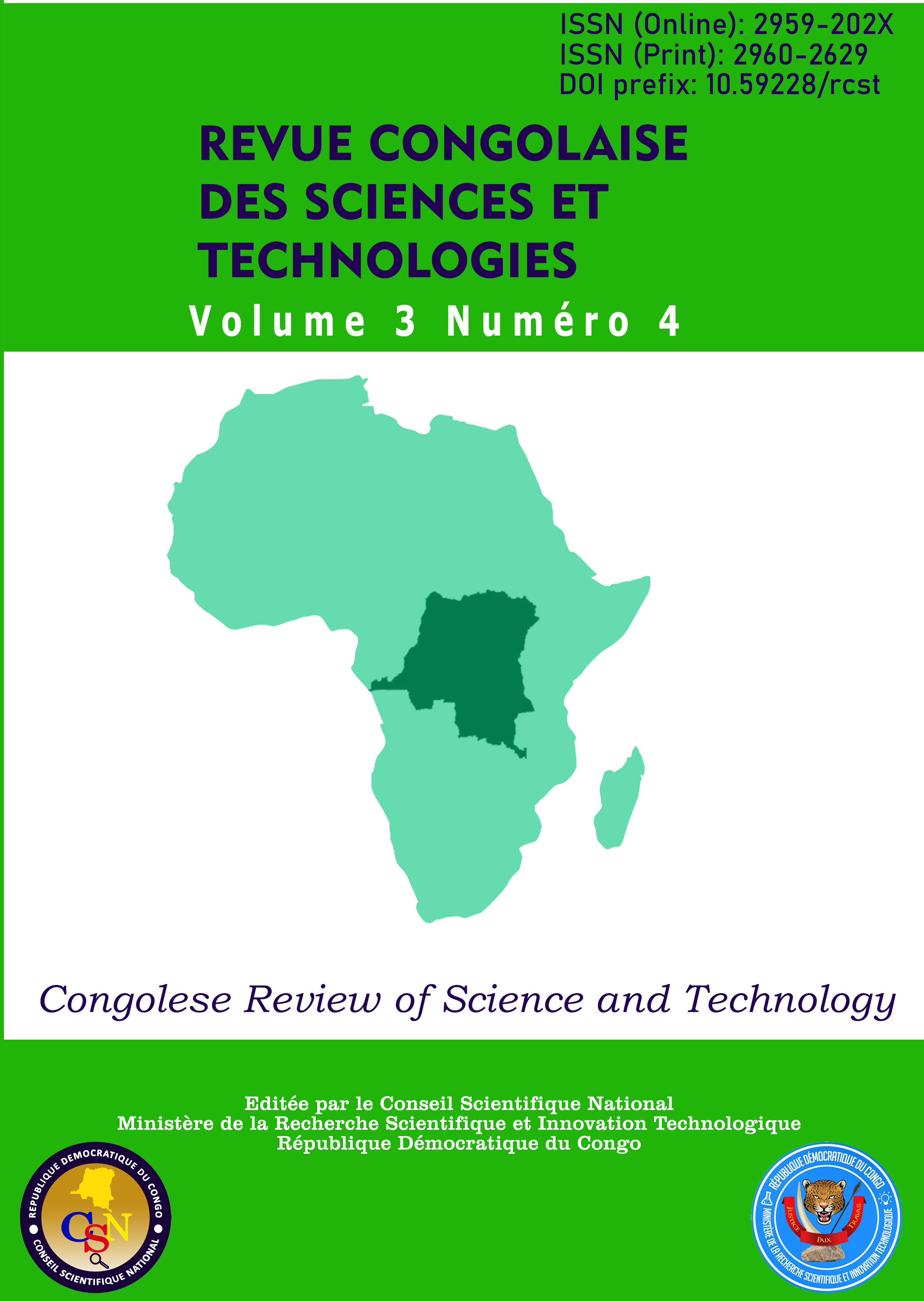Determinants of low involvement of community intermediaries in accompanying presumed tuberculosis patients to the diagnosis and treatment center Study carried out in the Muanda health zone financial ecology and fund management
Main Article Content
Abstract
Tuberculosis is one of the world's leading causes of death, second only to HIV/AIDS. Its prevalence remains very high in the developing world. The results of our research show that, in the Muanda health zone where our research is carried out, community relays do not refer suspected tuberculosis patients to the diagnostic and treatment center in the numbers expected. Our research proposes to identify the determinants of low participation of community relays in the accompaniment of presumed tuberculosis patients to the diagnostic and treatment center in the Muanda health zone. Our study is a correlational cross-sectional study in the field of community health. It was carried out among 298 community relays obtained by simple random sampling. Following data analysis, the results identified the following determinants of low referral to the expected number of presumed tuberculosis patients at the CDT: low level of education (p=0.001); insufficient knowledge of the presumptive signs of TBC (p=0.002); not benefiting from RECO rights (p=0.001); not knowing which household had an index case (p=0.045); having several other occupations apart from RECO work (p=0.001); working as a volunteer (p=0.001); small number of RECOs (p=0.012); fear of contracting TBC (p=0.001) and others.
Article Details
Section

This work is licensed under a Creative Commons Attribution-NonCommercial-ShareAlike 4.0 International License.

